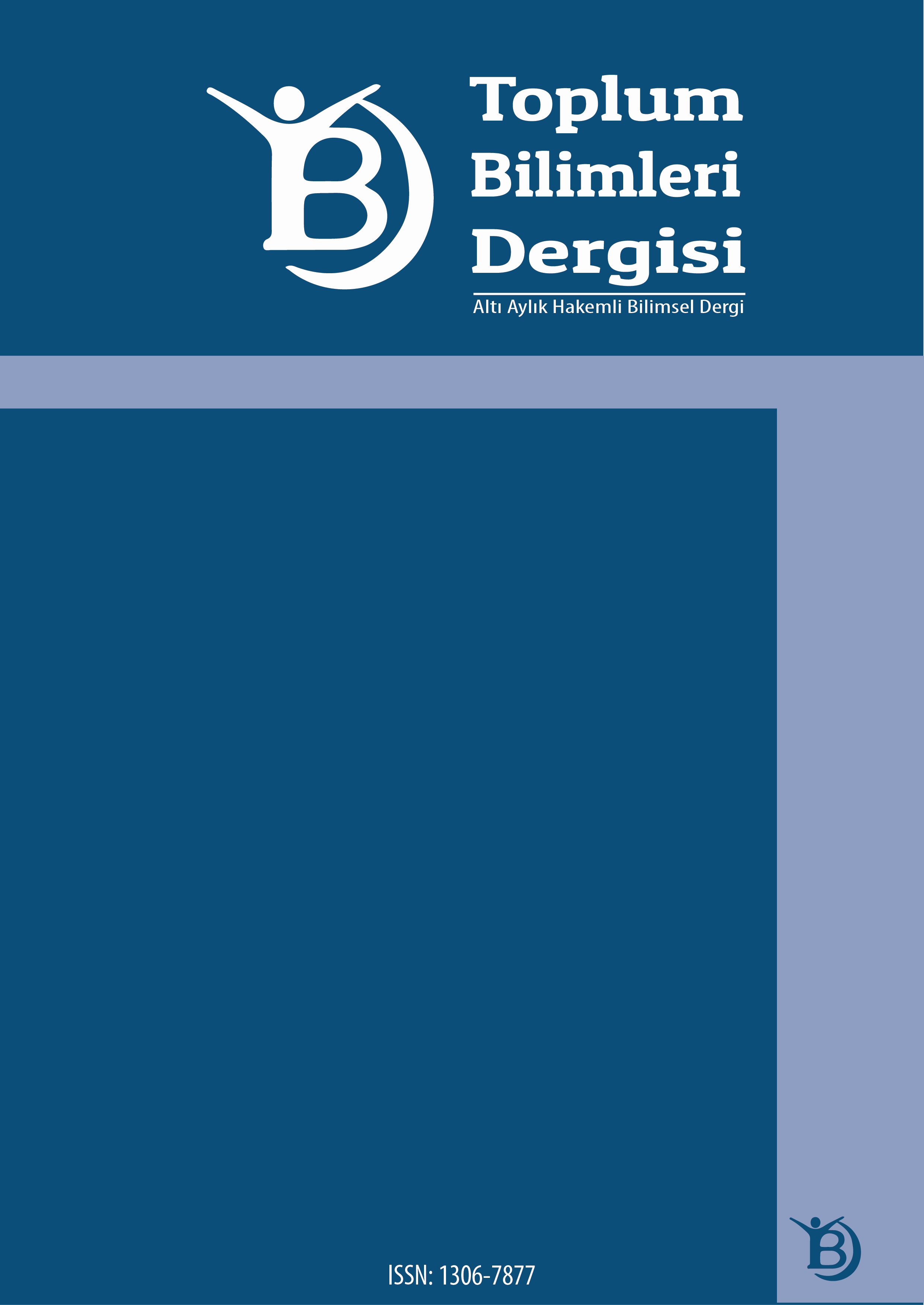Author :
Abstract
Hz. Peygamber (s.a.s) ve sahâbe devrinden sonra Kur’an-ı Kerim’i anlamaya yönelik arzu ve gayretler sonucu onu tefsir etme ihtiyacı doğmuştur. İslam âlimleri de bu yönde pek çok eser vücuda getirmişlerdir. Âlimlerin Kur’an-ı Kerim’i tefsir etmek maksadıyla rivayetlerden istifade etmeleri rivayet tefsiri geleneğini oluşturmuştur. Rivayet tefsiri, başta Kur’an-ı Kerim olmak üzere, Hz. Muhammed (s.a.s) ve sahabeden nakledilen çoğunlukla sahîh rivayetlere dayanan tefsir türüdür. Bu tür eserler diğer tefsir çeşitleri arasında ilk sırada yer alırlar. Beğavî’nin Meâlimu’t-Tenzîl adlı tefsiri de rivayet tefsirleri arasında yer almaktadır.
Beğavî, Meâlimu’t-Tenzîl’inde başta Hz. Peygamber (s.a.s) olmak üzere sahâbe ve tâbiin neslinden pek çok rivayet nakletmiştir. Müellif kimi rivayetleri merfû’-muttasıl, kimisini taktî’ yaparak, kimisini de senedini hazfederek aktarmıştır. Bunlar arasında sıhhat bakımından sahîh, hasen ve zayıf olanların yanı sıra az da olsa mevzû’ rivayetler de mevcuttur. Yaptığımız inceleme sonucu Meâlimu’t-Tenzîl’in Nahl Sûresi tefsirinde toplam yirmi altı rivayetin nakledildiği tespit edilmiştir. Bunların da dokuz kadarı merfû’-muttasıl rivayetlerdir.
Bu makale Beğavî’nin Meâlim’de Nahl Sûresini tefsir ederken naklettiği merfû’-muttasıl rivayetlerin aslî kaynaklardaki yerlerini tespit etmeyi; tespit edilen rivayetlerin tarikleri arasındaki metin farklılıklarına işaret etmeyi ve nihayet münekkit muhaddislerin değerlendirmeleri çerçevesinde kaynak/sıhhat değerlerini ortaya koymayı hedeflemektedir.
Keywords
Abstract
After the time of the Prophet Muhammed (pbuh) his companions, the need to interpret the Quran came about as a result of the desire and effort to understand the Quran. Islamic scholars have created many works in this direction. The use of transmissions by scholars in order to interpret the Quran has formed the tradition of interpretation of transmission. The transmissive interpretations are a type of interpretation that firstly based on the Quran, and the authentic transmissions reported by the Prophet Muhammad and his companions. These types of works take the first place among other types of interpretation. Baghawi's interpretation Ma’alim at-Tanzil is also among the interpretation of the transmission.
Baghawi, in his Ma’alim at-Tanzil, transmitted many transmissions from, firstly the Prophet Muhammed (pbuh), and his companions and followers. Author transmitted some transmissions by marfu’-muttasıl, some of them by taqti’ and some of them by eliminating the sanad. Among them, in terms of authenticity, there are sound ones, there are also hasan and weak ones and albeit few fabrication ones. As a result of our research, it was determined that a total of twenty-six transmissions were reported in the commentary of the Surah al-Nahl of Ma’alim at-Tanzil. nine of them are the merfu'-muttasıl transmissions.
This article aims to determine the place of the merfu'-muttasil transmissions reported by Baghawi while interpreting the Surah al-Nahl in Ma’alim in the original sources; It aims to point out the textual differences between the versions of the identified transmissions and finally reveal the source/authenticity values within the framework of the evaluations of the critic of the hadith transmitters.





